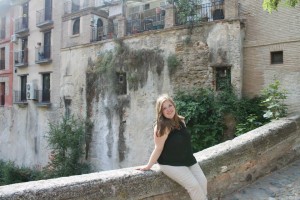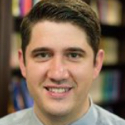 Tech alumna Roxanne Gay is featured in a new article, “Roxane Gay: Getting Dumped on Valentine’s Day Was ‘For the Best‘” in the September issue of Elle. In the article, she describes how her life changed when she was recruited by Tech.
Tech alumna Roxanne Gay is featured in a new article, “Roxane Gay: Getting Dumped on Valentine’s Day Was ‘For the Best‘” in the September issue of Elle. In the article, she describes how her life changed when she was recruited by Tech.
- Adam Coble, PhD Candidate in Forest Science
- Khanh Cung, PhD Candidate in Mechanical Engineering – Engineering Mechanics
- Yaoxian Huang, PhD Candidate in Environmental Engineering
- Gary Kaunonen, PhD Candidate in Rhetoric and Technical Communication
- Sandra Owusu, PhD Candidate in Forest Molecular Genetics and Biotechnology
- Venkata Ramana Pidatala, PhD Candidate in Biological Sciences
- Jingtuo Zhang, PhD Candidate in Chemistry
- Jie Zhou, PhD Candidate in Materials Science and Engineering
You can learn more about the candidates here.


